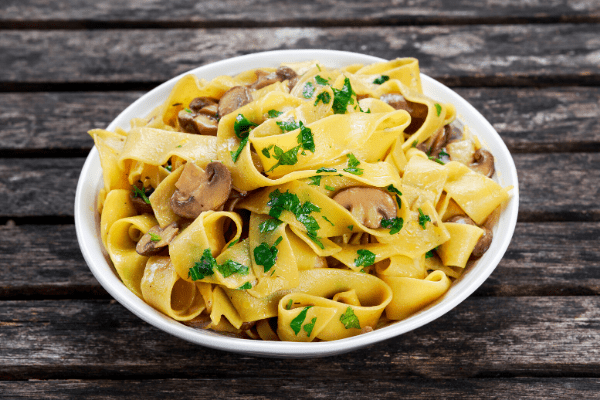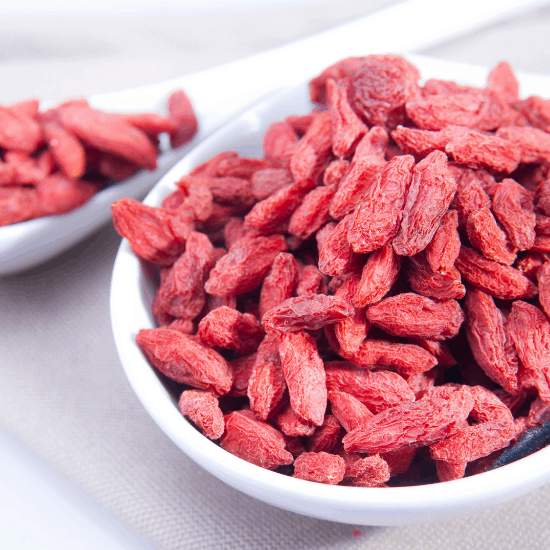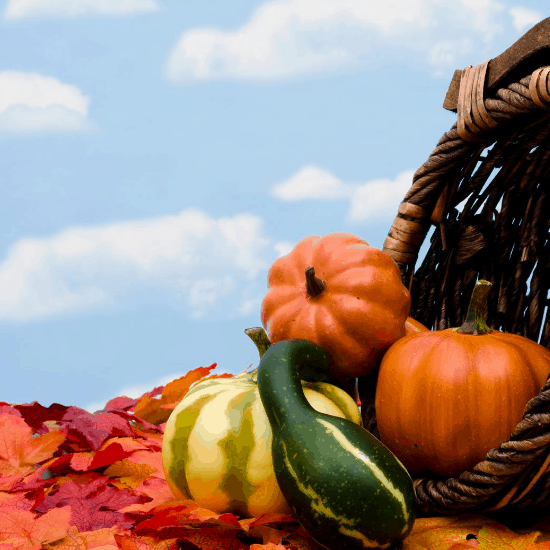20 Types of Pasta to You Need to Have in Your Kitchen
With some recipes, there’s temptation to just grab the first pasta on hand and pop it into the pan. And that can work. But there are other recipes where you definitely need certain types of pasta to get the best results.
As an Amazon Associate I earn from qualifying purchases and sometimes recommend products from other sellers at no extra cost you. For more details see my disclosure policy and privacy policy.
The thing is, there are hundreds of pasta shapes and several types of pasta that group them. So where do you even start? The best place is to have some of the most popular types of pasta on hand for your recipes then add as the need comes along.

Categories of pasta
To start with, there are categories of pasta – five main ones to master. By understanding these basics groups, you can start to see where all these types of pasta fall into place. You can also find if there are types that you like or ones you aren’t too keen on.
Enriched (white) pasta
White pasta is the most common type you will see in the shops and is sometimes referred to as enriched or even refined. This type of pasta has three major B vitamins in it along with iron and B vitamin folic acid – it contains nearly six times more of this than other types. These types of pasta tend to be milder in flavour and softer once cooked.
Whole grain pasta
Whole grain pasta contains the whole grain straight as it is found growing on the plant. That means it also has the outer layer of the seed, known as the bran layer. This is where there are loads of vitamins such as Vitamin B and E, magnesium as well as antioxidants and phytonutrients. Whole grains in general have been shown to help reduce heart disease, stroke, cancer, diabetes and help with weight loss.
Whole wheat pasta
Whole wheat pasta could be seen as a subcategory of whole grain pasta but because it is quite common in the supermarkets, it is worth mentioning on its own. The idea is similar – the whole wheat grain is used in the pasta so all that extra goodness from the outer layer is included. This is why it is often listed as a healthier option than enriched, white pasta.

Gluten free pasta
Gluten is a protein that comes in wheat and other grains, giving it shape and that slightly chewy texture. But if you are allergic to gluten, then this is a problem. So a newer category of pasta is the gluten-free version that excludes the gluten. A few examples of specific gluten free pastas can be:
- Brown rice pasta
- Shirataki noodles
- Chickpea pasta
- Quinoa pasta
- Soba noodles
- Multigrain pasta
Pasta will clearly state on the packaging if it is gluten-free or not, so this allows people with the allergy to get the right product but still enjoy many pasta based dishes.
Rice pasta
Rice pasta is sometimes called rice noodles and is made from rice flour. It is commonly used in many Asian dishes because it has a mild flavour and is very versatile. It will often be used in stir fry dishes and soups. It is also a gluten-free option as rice flavour doesn’t contain gluten.
Why the shape of pasta matters
Before we dive in to all the types of pasta within these bigger categories, there is an obvious question – does it even matter?
The shape of pasta does matter for some dishes because of the ingredients involved. For example, if you have a sauce, you want it to stick to the pasta so you need types of pasta that sauces can stick to. Or even fill up the centre of with things like penne and deliver the sauce that way! Another example is cold pasta salad – the right kind of pasta collects the dressing to make the dish work but the wrong type and you would just get a cold, bland bit of pasta (yuck!)

In other cases, there’s less sauce involved, and the type of pasta doesn’t matter as much. Lighter sauces or dishes served with vegetables can work well with thinner pasta like angel hair. Thicker, heavier pasta would overwhelm the dish.
Types of pasta to have in your kitchen
Angel hair
Angel hair pasta is a bit like spaghetti but much thinner – usually around 0.031-0.035 inches thick! This makes it very quick to cook and is usually sold in bird’s nest shapes to keep it together. It has been in use since the 14th century and is great for light sauces as well as stir fry dishes and soups.
Cannelloni
Cannelloni was created in Naples by chef Nicola Federico and is a tube of pasta that is usually three of four inches in length. It is stuffed with different fillings and then usually a sauce is added over the top. Bolognese is one popular filling while a spinach and ricotta mixture is also popular.

Conchiglie
Conchiglie looks like a tiny seashell and is a popular pasta because it holds sauce really well. It is often used in soups and casseroles as well as traditional pasta dishes.

Ditali (soup pasta)
Ditali is a pasta from Naples which means ‘small thimbles’ in Italian. It is often used as a pasta for soup dishes and is often called ‘short macaroni’ as it is a little like that pasta. It is also often served with ricotta cheese or broccoli.
Farfalle (bow tie)
Farfalle is often just known as bow tie pasta and that’s exactly what it looks like. It comes from the Emilia-Romagna and Lombardy areas of Italy and is popular for light sauces as well as to use pasta salads.

Fettuccine
Fettucine is known by various names so its origins can be a bit obscure. Rome mostly claims its creation. It is a ribbon like pasta that is usually ¼ inch wide and around 10 inches long. It can be used in lots of dishes but is most famous for fettucine alfredo.

Fusilli
Fusilli is one of my favourite types of pasta for general sauce based dishes. I like the fusilli tricolour which is three colours – white, green and red. The two colours come from adding tomato and spinach to the pasta mix but doesn’t really change the flavour a huge amount. Fusilli is like the bottom of a corkscrew and comes from Southern Italy.

Lasagne
Lasagne is another of the most famous types of pasta and is a simple sheet that is combined with fillings to make lasagna (or sometimes just left with the ‘e’ depending on who is creating the recipe).

Linguine
Linguine comes from the Liguria and Genoa parts of Italy and is popular to use in seafood and clam sauce dishes. It is a thin, ribbon like pasta that has an elliptical shape and is often used in marinara and arrabbiata dishes.

Orecchiette
Orecchiette is a type of pasta from the Puglia region that has a slightly weird shape, looking a bit like an ear! It is often served with broccoli, tomato or meat sauces or something ricotta cheese.

Orzo
Orzo means ‘barley’ in Italian and people think this means it is a grain, but it is a type of pasta that just looks like a grain. It is used for soups, salads and for baked casseroles. It is something also called risoni, which means ‘big rice’ just to confuse things further.
Pappardelle
Pappardelle is a broad ribbon style pasta that comes from Tuscany and is a bit like fettucine. It is perfect for dishes with lots of sauce as the sauce can stuck to it.

Penne
Penne pasta is a simple tube shape, sometimes with ridges on the outside and sometimes smooth. It is one of the ten most used types of pasta around the world and can come in a range of lengths and widths. Really big ones can even be stuffed like a cannelloni with filling! It is best known for dishes like penne all’arrabbiata or creamy sauces like penne alla vodka.
Ravioli
No-one is totally sure where ravioli comes from, but Lombardy has generally claimed its creation or at least for making it more popular. Ravioli is square in shape with ruffled edges and is filled with a range of different ingredients include meat, cheese or even seafood such as lobster. It is then usually served in a variety of sauces depending on what’s inside.
Rigatoni
Rigatoni is a large tubular pasta variety that has vertical ridges running lengthwise down the tube. It is larger than penne although it looks a lot like it and is often served with a meat ragu as well as some lighter sauces.

Spaghetti
Spaghetti is the type of pasta that almost everyone knows (my Mum even knows it and she isn’t a pasta person!). But the funny thing is that it was originally created in China. It was brought to Italy by Marco Polo when he travelled to China and returned to Venice. Spaghetti is a long, thin and round shaped noodle that can be served in lots of dishes – from meatballs to spaghetti Bolognese or a classic carbonara, it is one to always have in your kitchen.

Tagliatelle
Tagliatelle is a flat, ribbon like pasta that looks like what would happen if you squashed spaghetti under a rolling pin. It comes from the Marche and Emilia-Romagna regions of Italy and is one of the easiest types of pasta to make at home with a pasta maker. A classic dish is serving with a Bolognese sauce.

Tortellini/Tortelloni/Cappelletti
Tortellini or tortelloni are two very similar types of pasta with cappelletti being a smaller version. All of them share a basic idea – a ring shape of pasta with some filling in it then pinched around to make an almost circular shape. Like ravioli, they feature a range of different fillings and can pair with different sauces depending on what’s inside.

Vermicelli
Vermicelli means ‘little worm’ in Italian which isn’t the tastiest of names, but it is a handy pasta to have in the kitchen. It is like spaghetti but much shorter, sometimes thinner. It can be used anywhere spaghetti is used and can result in less mess!

Ziti
Ziti means ’fiancée’ in Italian because it was traditionally served at weddings. It is a medium sized tubular pasta that is best known for being filled and baked in casserole style dishes – baked ziti. It is often mixed with cheese, meat, sausage as well as vegetables, mushrooms and onions.

The perfect pasta for the job
Sometimes there is a perfect pasta for the job and other times, popping in a favourite will do. But by having some of these popular types of pasta in your kitchen, you will find that when a recipe calls for a special variety, you can enjoy it just as the creator imagined.
More pasta recipes
Got a better understanding of those types of pasta? Okay time to dive into some pasta recipes!
Pasta Fagioli is a classic recipe that uses small penne or ditali pasta
From bow tie to orzo, check out the best pasta for cold pasta salads, perfect for those summer BBQs!
Lasagne is a classic and this is a very cheesy version of it
A version of the classic minestrone soup, this dish uses conchiglie pasta
Enjoy a simple classic with this shrimp scampi served with spaghetti












